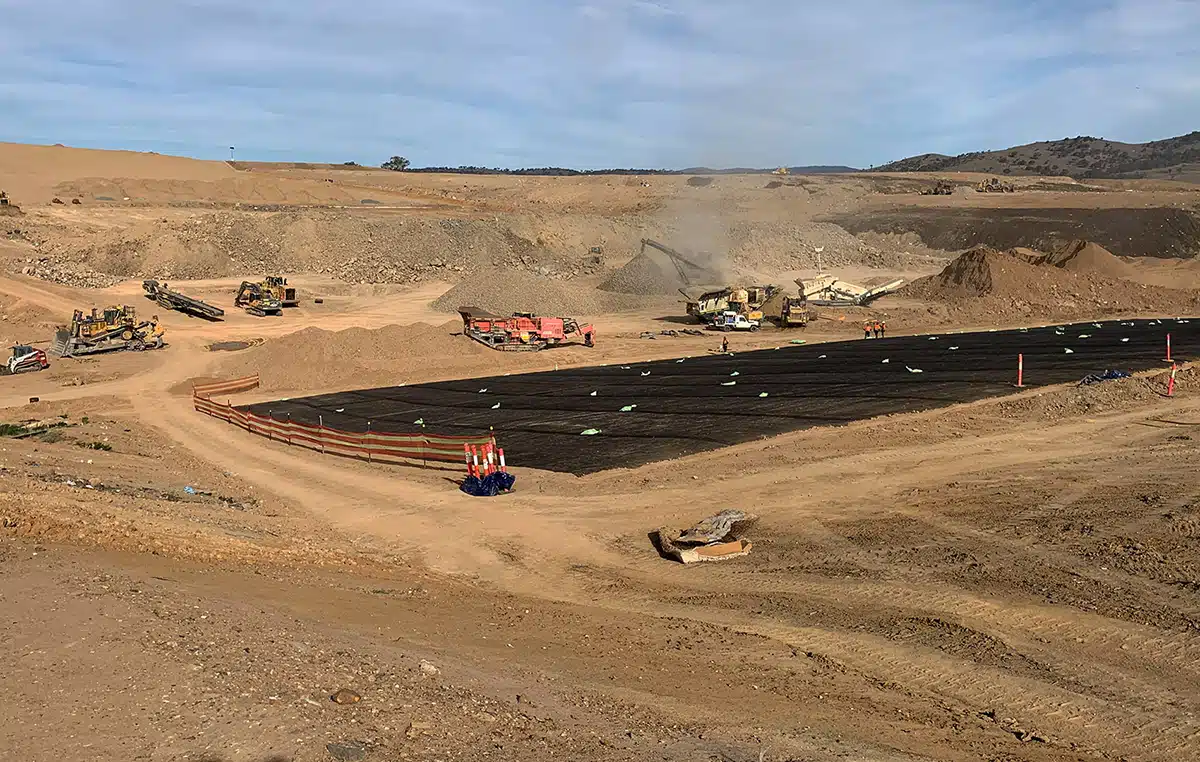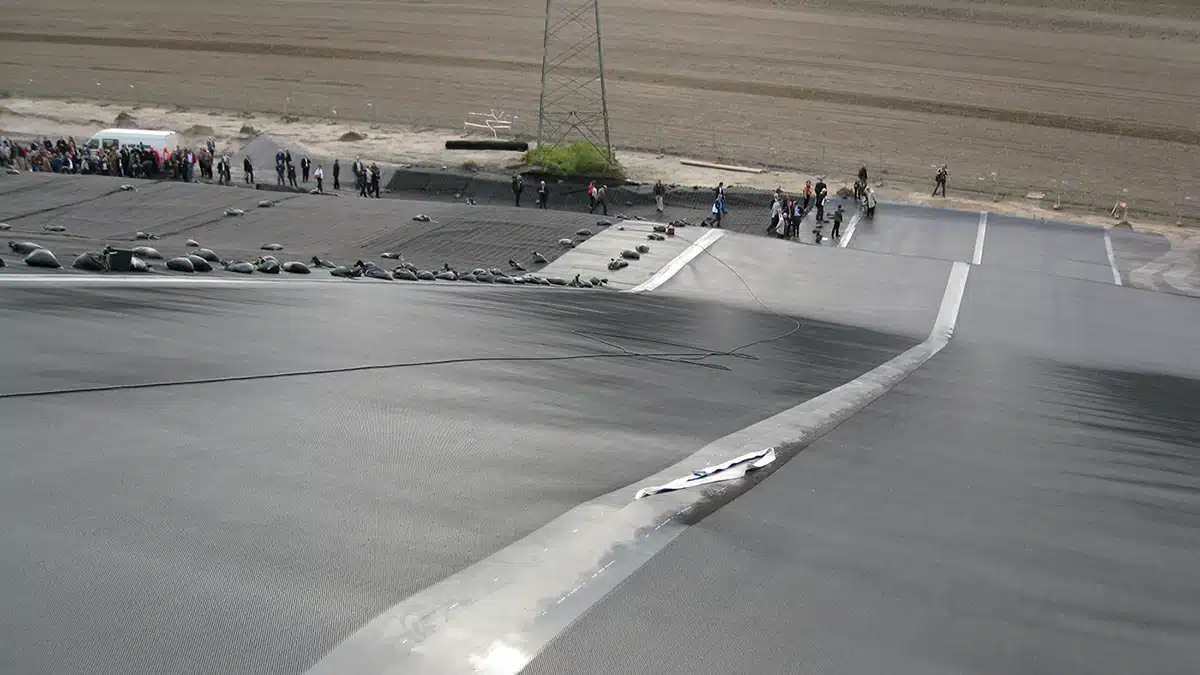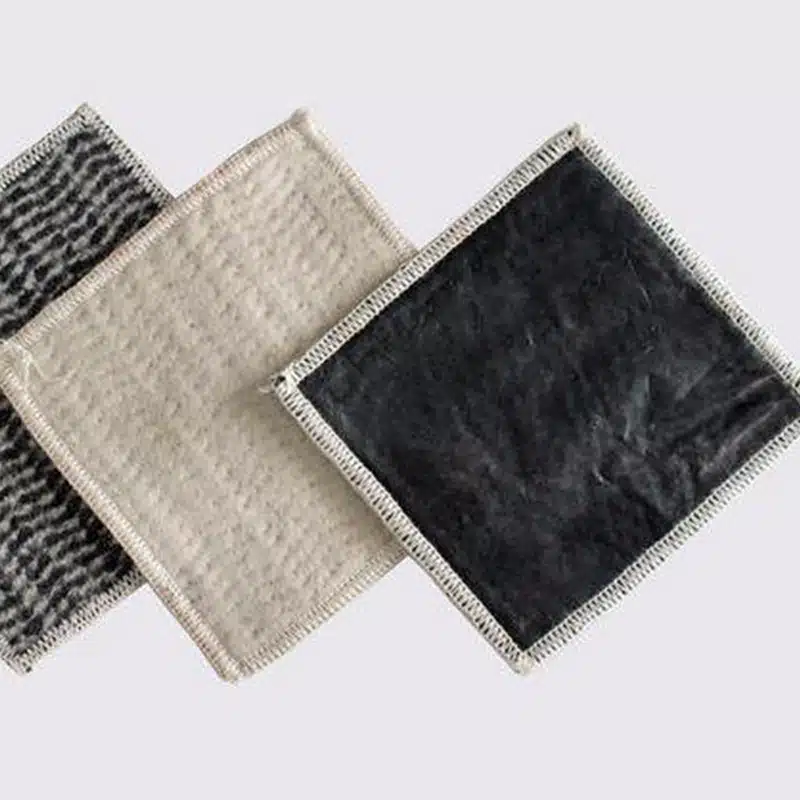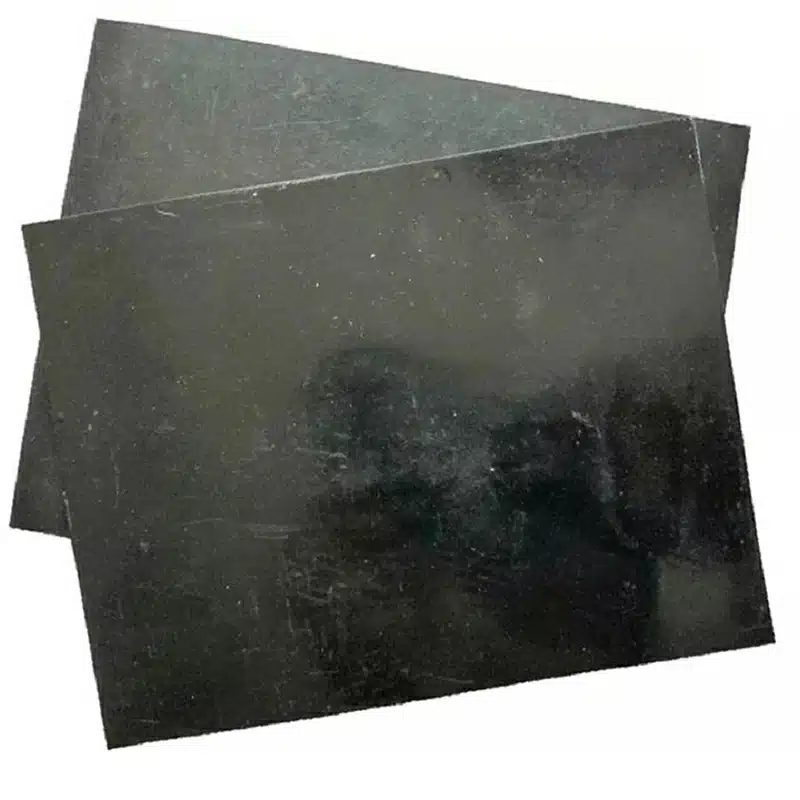+86-159 9860 6917
info@geofantex.com
geofantex@gmail.com
+86-400-8266163-44899
In the realm of civil engineering and construction, innovative materials play a pivotal role in ensuring the integrity, durability, and environmental compatibility of infrastructure projects. Among these, geosynthetics and geomembranes stand out for their versatility and effectiveness. This article delves into the world of these advanced materials, exploring their uses, types, purposes, and the distinct characteristics that differentiate them. By demystifying these components, we aim to shed light on their critical role in contemporary construction and environmental projects.

What are geosynthetics used for?
Geosynthetics are synthetic materials used in geotechnical engineering and construction to improve the performance and durability of soil, enhance stability, and control environmental impact. They are often used in applications like:
- Reinforcement: Providing structural support to soils in foundations, slopes, and embankments.
- Separation: Preventing mixing of different soil layers, such as in road construction or railway ballast.
- Drainage: Facilitating water flow in applications like landfills, roadways, and retaining walls.
- Filtration: Allowing water to pass through while filtering out fine particles, especially in drainage and erosion control.
- Containment: Used in lining systems for landfills, ponds, and canals to prevent leakage of hazardous materials.
- Erosion Control: Protecting soil from erosion caused by wind or water, often used in coastal, river, or slope stabilization.
Geosynthetics include materials like geotextiles, geomembranes, geogrids, geonets, and geomats.
What are the types of geomembranes?
Geomembranes are a specialized type of geosynthetic, designed primarily for impermeable barriers to prevent the migration of fluids. They are made from various materials, including high-density polyethylene (HDPE), low-density polyethylene (LDPE), polyvinyl chloride (PVC), and ethylene propylene diene monomer (EPDM). Each type of geomembrane possesses unique characteristics, such as chemical resistance, flexibility, and durability, making them suitable for specific applications like landfill liners, pond liners, and containment barriers for hazardous materials.

What is the purpose of geomembrane?
The primary purpose of geomembranes is to act as a barrier to prevent the migration of fluids in civil engineering and environmental projects, including their vital role in stabilizing the earth and securing landfills, ensuring containment of hazardous or municipal wastes and their leachates. They are crucial in applications requiring waterproofing and containment to protect groundwater from contamination, control the flow of liquids in waste management facilities, and prevent seepage in water bodies like artificial lakes and reservoirs. By creating an impermeable layer, geomembranes not only ensure environmental safety and compliance with regulations but also bolster the integrity of infrastructure projects by providing a reliable solution for the containment and management of potentially harmful substances.
What is the difference between geomembrane and geosynthetic?
While both geomembranes and geosynthetics are used in construction and environmental projects, they serve different functions and possess distinct characteristics. Specifically, geomembranes, which are geosynthetics made of high-density polyethylene (HDPE), are a specific category designed exclusively for fluid barrier applications, offering a high degree of impermeability. This material choice contributes to their effectiveness in preventing fluid migration. In contrast, geosynthetics is a broader term that encompasses a wide range of synthetic products, including not just geomembranes but also geotextiles, geogrids, and geofoams. Geosynthetics can provide separation, filtration, reinforcement, protection, or drainage, depending on their type and construction use. The key difference lies in their application scope and functional properties, with geomembranes specializing in fluid containment thanks to their HDPE composition, and other geosynthetics offering structural and environmental benefits.
Geosynthetics and geomembranes represent a fusion of engineering innovation and environmental stewardship, offering solutions to some of the most challenging problems faced in construction and land management. Their diverse applications, from soil reinforcement to fluid containment, underscore their importance in building resilient, sustainable infrastructure. By understanding the distinctions and purposes of these materials, professionals in the field can better harness their potential, ensuring the success of projects that stand the test of time while protecting the natural environment. As the demand for efficient, eco-friendly construction materials grows, the role of geosynthetics and geomembranes in modern engineering will undoubtedly continue to expand.



Get Free Sample
We’ll respond as soon as possible(within 12 hours)






















